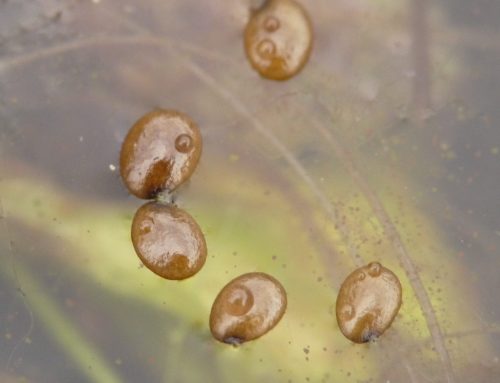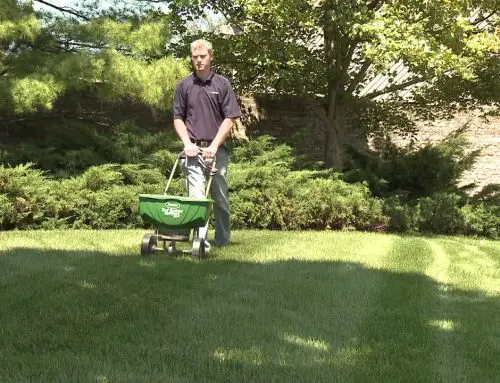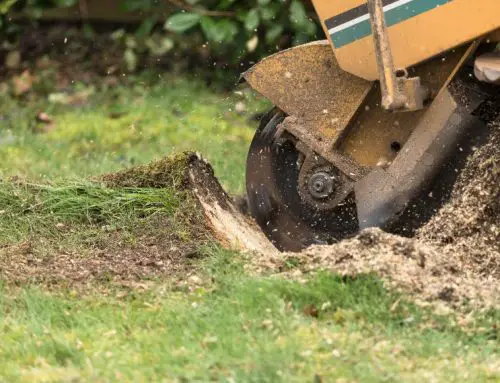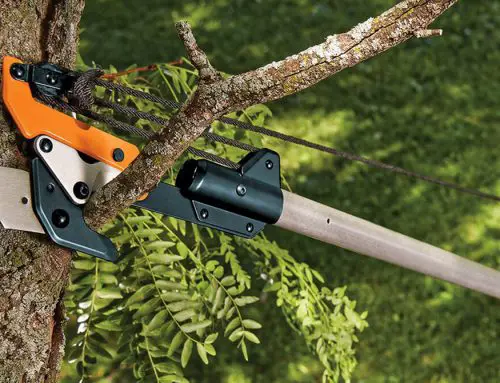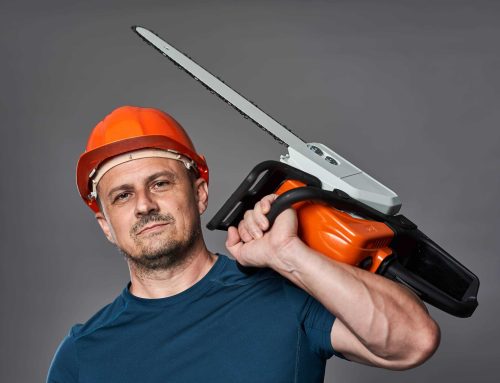How to Get Rid of Pine Needles from Your Lawn and Garden
In the fall, pine needles cause problems for homeowners and gardeners alike. They fight to mow and are tough to rake, so they can harm grass and gardening plants if left on the ground. This blog article will teach you how to remove pine needles in a number of ways.
The best way to get rid of pine needles.
If you have pine needles on your lawn, then you need a tool that will clean them out. You might already have some tools to help with this, like a rake and mower. But there are also other tools that can be useful. Let’s have a look at some of the methods for removing needles from your lawn.
1. Use a leaf blower.
A leaf blower can be quickly used to remove pine needles from your lawn and garden. Be sure to wear safety goggles and a dust mask when using a leaf blower, as the needles can cause eye irritation and respiratory problems.
If you have a lot of pine needles to remove, try using a backpack leaf blower. These are more powerful than handheld models and can move more debris at once.
Leaf blowers work best on short grass or gravel areas. If you have a long driveway or heavily wooded area, the leaves will just blow away before you have time to clean them up.
Be careful not to blow any needles into your neighbor’s yard.
The Pros: Leaf blowers are quick and easy to use.
The Cons: Can cause respiratory problems and blow needles into other yards.
How to do it:
Attach the nozzle of the leaf blower to the end of the garden hose. Turn on the water and leaf blower at the same time. The force of the water will help remove the needles from your lawn and garden.
Tips: Be sure to keep a safe distance between you and the leaves, as they can be blown back towards you. You may also want to wear gloves when removing needles by hand.
2. Use a rake.
If you have a small amount of pine needles to remove, using a rake is an easy way to do it. Rakes work best on short grass or gravel areas.
There are specially designed rakes available that will make removing pine needles from your lawn and garden much easier.
These rakes have a row of rubber teeth that are perfect for grabbing loose or wet needles, making them easy to pick up without causing any damage to the ground below.
Raking can be time-consuming if you have a lot of needles to remove. It’s also difficult to get all the needles out of tall grasses and bushes.
These types of rakes can be helpful if you only need to remove a few handfuls of pine needles at once. They also work great on all types of surfaces (grass, gravel) while regular metal-toothed rake heads tend to get stuck in grassy areas more often than not.
You may want to wear gloves when raking needles, as they can prick your hands.
The Pros: Rake is easy and quick to use.
The Cons: While these rake heads may help with getting rid of the majority of the needle particles, they probably won’t catch everything.
How to do it:
These rakes are typically designed to be used by pulling them backward, so grab the handle and start gently sliding it over your lawn or garden. Carefully rake up all the pine needles from your lawn or garden. Be sure to rake the same area until you have picked up all of the needles. Put them in a trash can so that they do not stay on the ground – that will only make even more work for you later.
Tips: Avoid using these types of rake heads on gravel areas as they tend to get stuck on rocks and pebbles.
3. Use a Lawn sweeper.
Another tool that can be helpful when removing pine needles from your lawn and garden is a Lawn Sweeper. These are best used in large areas with lots of grass or gravel, as they have to roll over the ground multiple times before being able to collect all the needles at once.
Lawn sweepers can also be helpful in areas with flower beds or bushes, as you will not have to bend over and pick up needles from the soil by hand.
If you use a lawn sweeper often, it is important to keep it well maintained so that the machine does not break down while out in your yard.
The pros: Easiest way to remove needles from large areas.
The cons: Difficult to use on small spaces and may not be able to pick up all the pine needles at once due to how it has to roll over the ground multiple times before being full.
How to do it:
Push the lawn sweeper back and forth across your lawn or garden. The machine will slowly pick up all of the needles as it goes. Be sure to go over the same areas multiple times until all of the needles have been collected.
Empty your sweeper after you use it. This will help it work better and make it easier to clean.
Tips: Avoid using a lawn sweeper on gravel surfaces, as it may not be able to move properly without getting stuck.
4. Use a push broom.
If you have a small number of pine needles to remove, a push broom can be helpful. Push brooms work best on short grass or gravel areas.
Be careful not to push any needles into your neighbor’s yard.
The Pros: Push brooms are quick and easy to use.
The Cons: Can cause respiratory problems and blow needles into other yards.
How to do it:
Push the broom over the area where the pine needles are located. Be sure to go over the same spot multiple times until all the needles are gone.
Tips: You may want to wear gloves when using a push broom, as they can prick your hands.
5. Remove them by hand.
If you only have a small number of pine needles to remove, you can easily do it by hand. This is a slow and tedious process, but it’s effective if you only have a few needles to get rid of.
The Pros: You can remove them by hand at your own pace. This is a good choice if you only have a few needles to get rid of.
The Cons: Can be time-consuming and tedious, as well as difficult to dispose of the needles properly.
How to do it:
Carefully pick up all the pine needles by hand. Be sure to dispose of them in a trash can, as leaving them on the ground will only create more work for you in the future.
Tips: You may want to wear gloves when picking up needles, as they can prick your fingers.
6. Use chemicals to kill and prevent grass and plants from growing.
There are a few different types of chemicals you can use to get rid of pine needles and prevent grass and plants from growing in their place.
These chemicals can be dangerous if not used properly, so always read the instructions carefully before using them.
Be sure to wear gloves, safety goggles, and a dust mask when using these chemicals.
The Pros: Chemicals can kill pine needles and prevent grass and plants from growing.
The Cons: Can be dangerous if not used properly.
How to do it:
There are several different sorts of chemicals available to you to remove pine needles and prevent grass from flourishing in its place. Follow the instructions on how much of each chemical to mix together, then pour it in a spray bottle. Lightly spray over any area where pine needles are located.
Tips: You may want to wear gloves, safety goggles, and a dust mask when using these chemicals.
Be sure to read the labels of any garden products you use so that they are safe for your lawn or plants.
7. Small Garden Shovels.
If you have a small garden or flower bed, using a shovel can be helpful for removing pine needles. This is an easy way to get rid of needles without having to rake them all up.
The Pros: Shovels are quick and easy to use.
The Cons: Can be difficult to remove the needles if they are buried too deep.
How to do it:
Carefully use a shovel to remove the needles from your garden or flower bed, then dispose of them in a trash can.
Tips: Be sure not to damage any plants while removing pine needles.
8. Wait for them to rot and disappear by themselves.
While pine needles can be a nuisance, many of the major problems they cause (like killing grass and plants) can be solved by waiting it out. Since pine needles take time to decompose, simply letting them sit on your lawn or garden will eventually solve all your issues without any effort on your part!
Tips: If you want to speed up how quickly the pine needles disintegrate, rake them as soon as possible into piles that are easy to access once they start breaking down.
Conclusion:
There are a number of ways to remove pine needles from your lawn and garden, depending on how much time and effort you want to put in. Try using a push broom, handpicking them up, or using chemicals to get rid of them quickly. If you’re willing to wait, the needles will eventually decompose on their own.
No matter what method you choose, be sure to dispose of the needles properly so they don’t create more work for you in the future. For more information about how we can help solve all your gardening issues, please contact us today.

